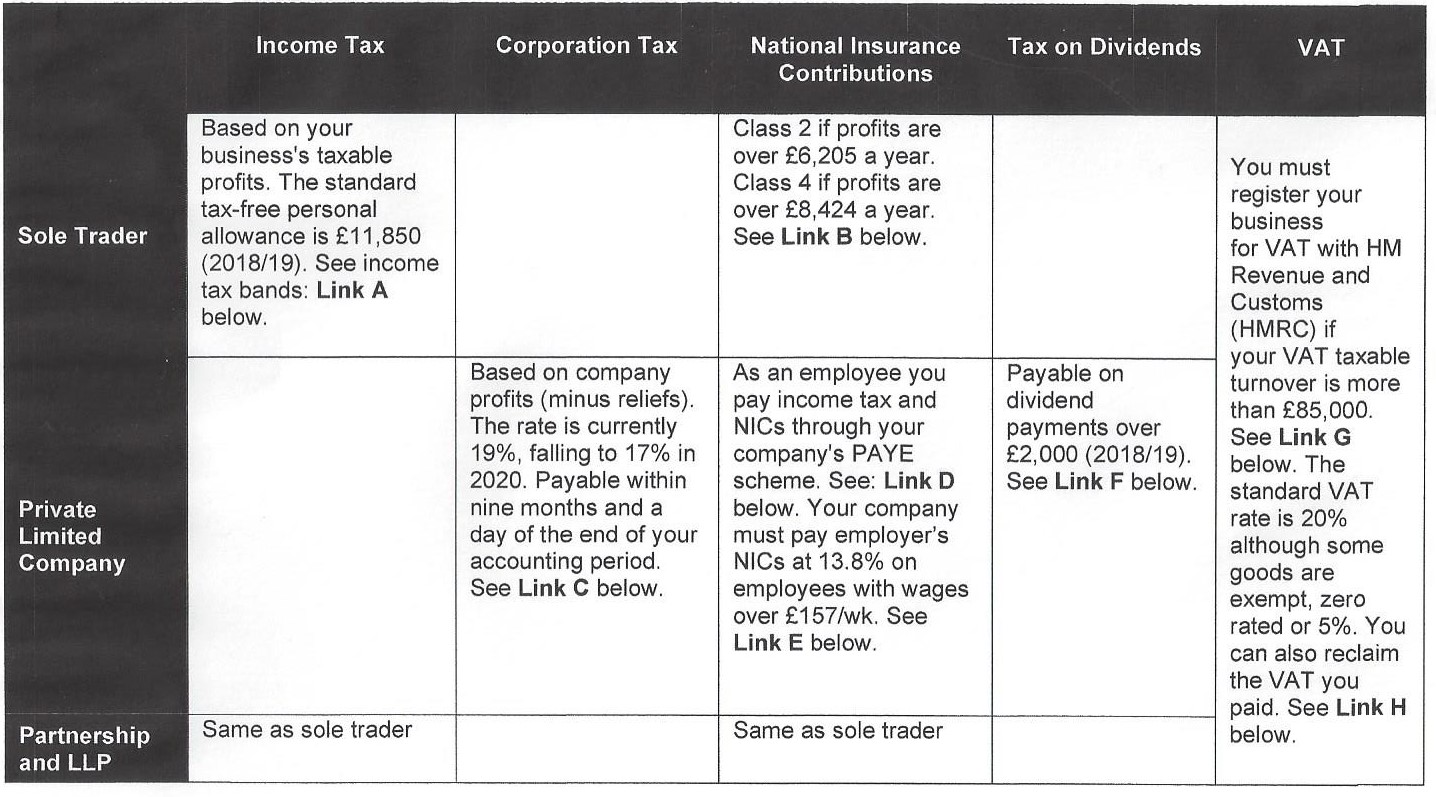9. Devising your marketing strategy
Marketing Objectives
As a business startup, your main marketing goals will be to gain new customers, build customer relationships, establish a position in your market and achieve your sales target, while keeping your marketing costs down. The first year of any business is a real learning experience and as you discover more about your customers and your market you need to be prepared to make several changes to your marketing strategy and plan.
An excellent model that will help you devise your marketing strategy is called the Marketing Mix. The CIM explains: “It deals with what a company is going to produce; how much it is going to charge; how it is going to deliver products or services to the customer; and how it is going to tell its customers about its products and services. Traditionally, these considerations were known as the 4 Ps.” Later, a fifth, sixth and seventh P were added. The definitions below are all extracted from the advice and blogs section of the Professional Academy website, which I find very useful.
Product: The product should fit the task consumers want it for, it should work and it should be what the consumers are expecting to get.
Price: The product should always be seen as representing good value for money. This does not necessarily mean it should be the cheapest available; one of the main tenets of the marketing concept is that customers are usually happy to pay a little more for something that works really well for them.
Place: The product should be available from where your target consumer finds it easiest to shop. This may be high street, mail order or the more current option via e-commerce or an online shop.
Promotion: Advertising, PR, Sales Promotion, Personal Selling and, in more recent times, Social Media are all key communication tools for an organisation. These tools should be used to put across the organisation’s message to the correct audiences in the manner they would most like to hear, whether it be informative or appealing to their emotions.
People: All companies are reliant on the people who run them from front line sales staff to the managing director. Having the right people is essential because they are as much a part of your business offering as the products/services you are offering.
Processes: The delivery of your service is usually done with the customer present so how the service is delivered is once again part of what the consumer is paying for.
Physical evidence: Almost all services include some physical elements even if the bulk of what the consumer is paying for is intangible. For example a hair salon would provide their client with a completed hairdo and an insurance company would give their customers some form of printed material. Even if the material is not physically printed (in the case of PDFs) they are still receiving a “physical product” by this definition.
I recommend you read the CIM article 'A brief summary of marketing and how it works’. The article includes a very helpful description of the marketing mix, why and how you should use it. The article concludes: “Each of the ‘ingredients’ of the marketing mix is key to success. No element can be considered in isolation — you cannot, for example, develop a product without considering a price, or how it will reach the customer.”
A marketing strategy using the 7 Ps framework helps you to:
develop the right product or service with the right level of quality to meet customer expectations
arrive at a price that reflects your position in the market, that your target customer is prepared to pay, and that enables you to trade profitably
determine how to make your product or service available: in the right place, at the right time and in the right quantity
devise an effective promotional strategy that communicates what you do and what you can offer customers
decide how front line staff (if you intend to employ any) will interact with customers and what training they will need in order to represent your brand
design your processes so that your customer’s experience, starting from the moment they discover your company through to purchase and beyond, is positive
design your customer’s prospecting and buying environment (eg shop, office, website, online shop etc) to reduce customer uncertainty and build trust.



















